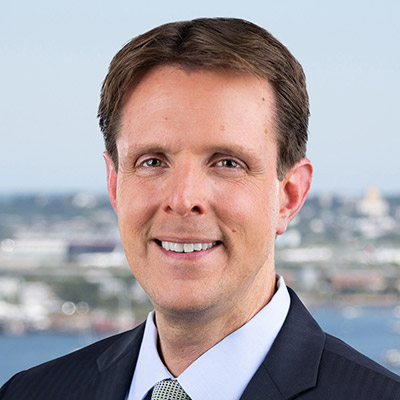AEW Capital Management
For over 40 years, AEW Capital Management, L.P. (AEW) has provided real estate investment management services to investors worldwide. As one of the world’s largest real estate investment advisors¹, AEW and its affiliates manage $87.0 billion in private real estate equity, debt and listed securities across North America, Europe and Asia (as of June 30, 2025). Grounded in research and experienced in the complexities of the real estate and capital markets, AEW actively manages portfolios in both the public and private property markets and across the risk/return spectrum. AEW and its affiliates have offices in Boston, Los Angeles, Denver, London, Paris, Hong Kong, Seoul, Singapore, Sydney and Tokyo, as well as additional offices in eight European cities. For more information, please visit www.aew.com.
¹Source: “2025 IREI.Q Real Estate Managers Guide”. The Guide, published annually by Institutional Real Estate, Inc., ranks real estate managers based on the gross value of real estate AUM ($m) as of December 31, 2024. As of June 30, 2025. AEW includes (i) AEW Capital Management, L.P. and its subsidiaries and (ii) affiliated company AEW Europe and its subsidiaries. AEW Europe and AEW Capital Management, L.P. are commonly owned by Natixis Investment Managers and operate independently from each other. Total AEW AUM of $87.0 billion includes $42.2 billion in assets managed by AEW Europe and its affiliates, $4.4 billion in regulatory assets under management of AEW Capital Management, L.P., and $40.4 billion in assets for which AEW Capital Management, L.P. and its affiliates provide (i) investment management services to a fund or other vehicle that is not primarily investing in securities (e.g., real estate), (ii) non-discretionary investment advisory services (e.g., model portfolios) or (iii) fund management services that do not include providing investment advice.
Chad Nettleship
Insurance, Investor Relations
chad.nettleship@aew.com
617.261.9485
2 Seaport Lane
Boston, MA 02210





